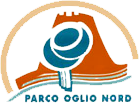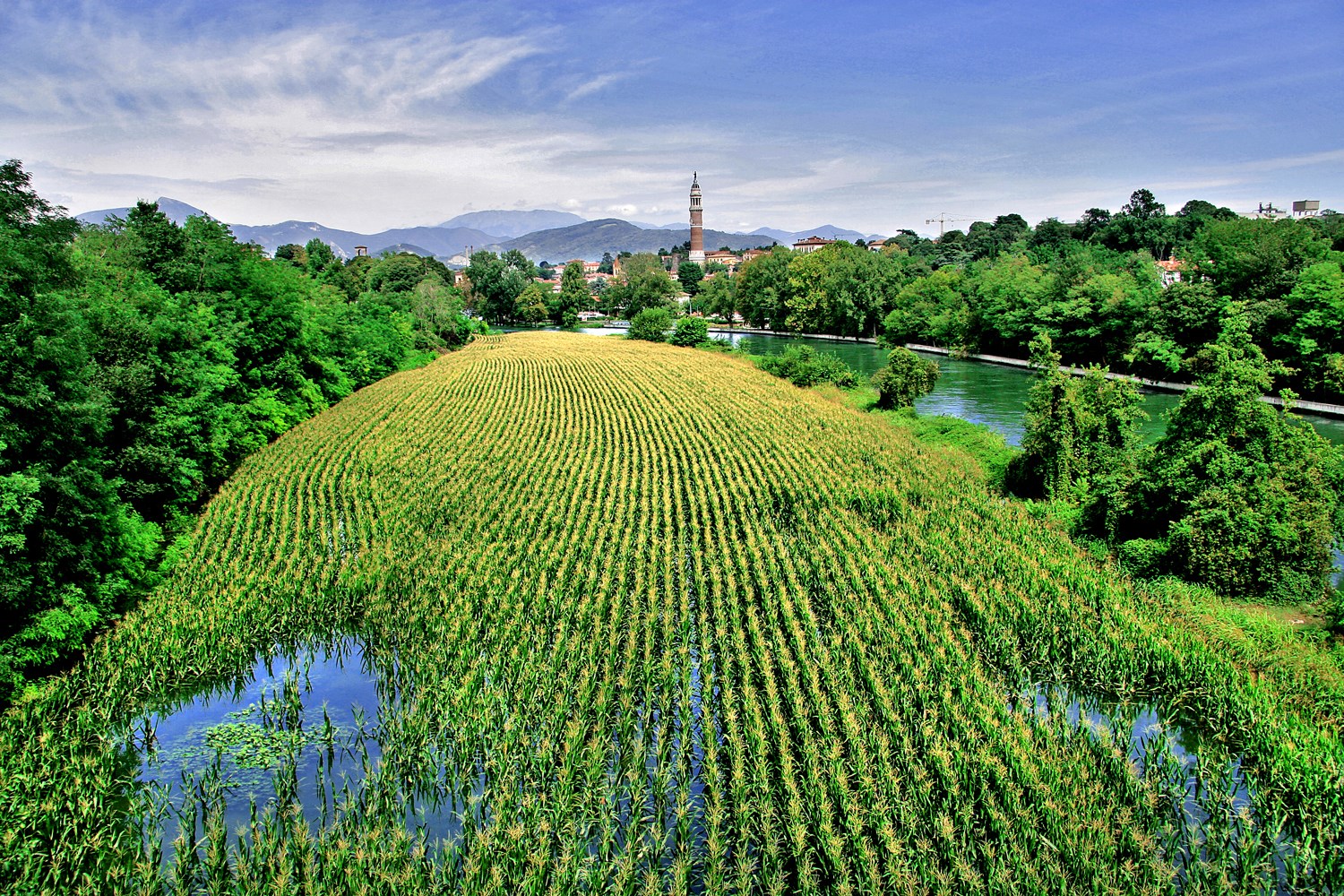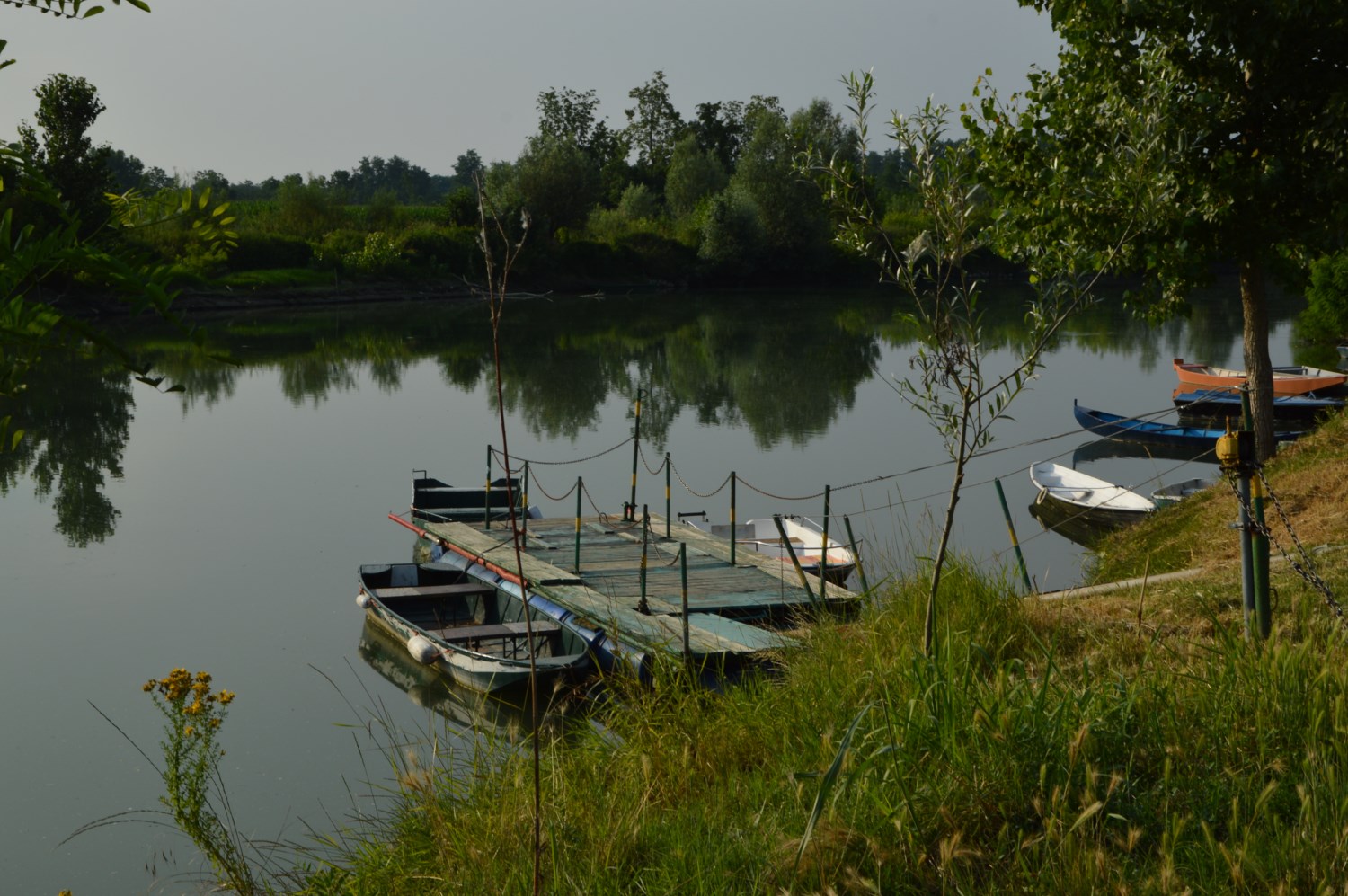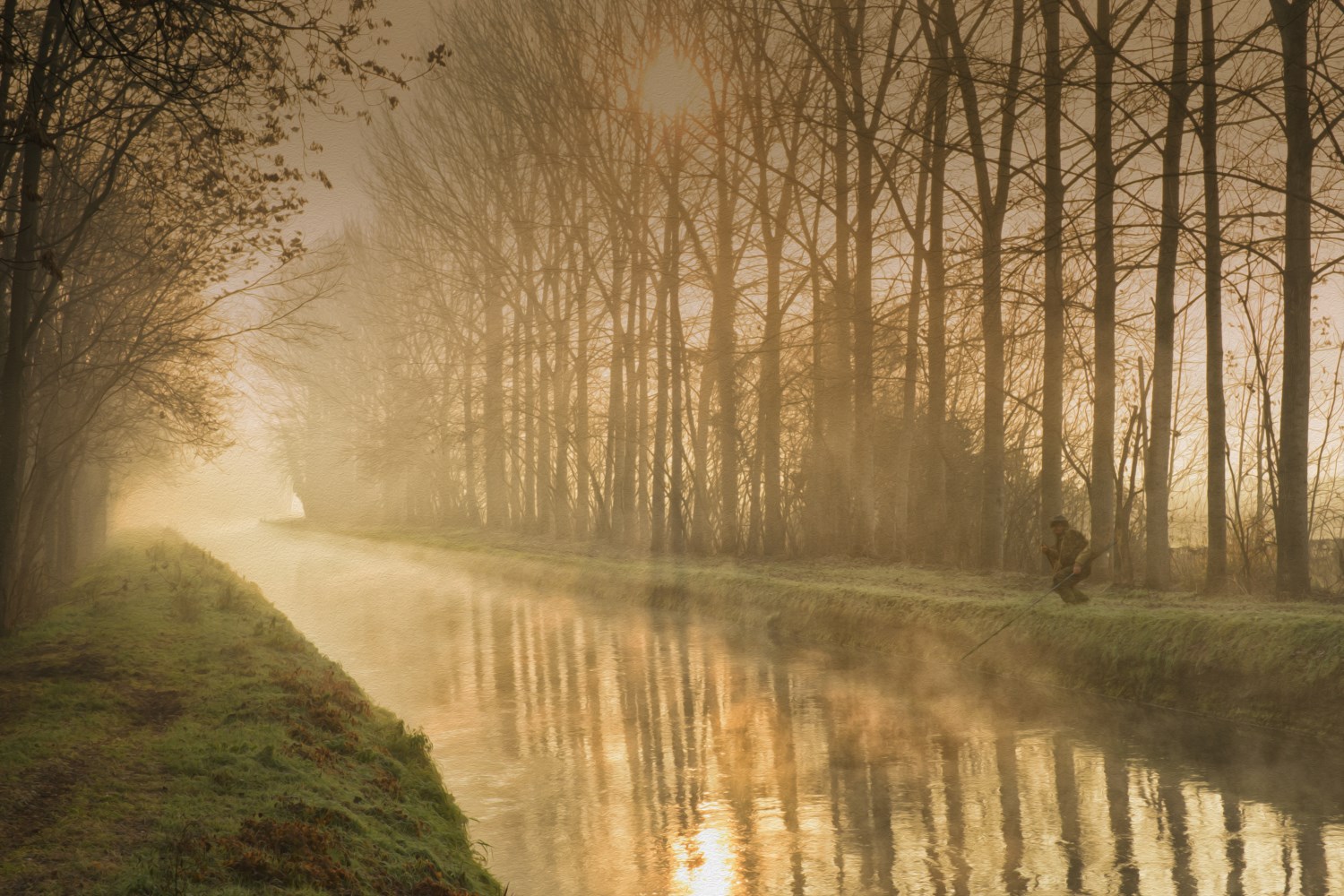The Natural Reserves
THE NATURAL RESERVES
Inside the Parco Oglio Nord there are seven protected natural reserves. Spread along the central stretch of the river and towards the boundary with the Parco Oglio Sud, these reserves safeguard the flora, fauna and the waters of the actual river.
Following the course of the river southwards, we encounter the Boschetto della Cascina Campagna situated in the town of Pumenengo on the Bergamo side of the river. This partly botanical reserve is characterised by the presence of one of the last expanses of oaks and hornbeams, a typical woodland formation that was once widespread along the Po Valley.
The Bosco dell’Isola, one of the largest and most fascinating natural protected areas of the entire Park, continues at the boundary. It is part of three provinces: that of Brescia with the city of Orzinuovi and the town of Roccafranca, that of Bergamo with the small village of Torre Pallavicina and that of Cremona with the town of Soncino. The predominant vegetation is mixed woodland: black poplar, oak and elm. The great maple, the common and the hop hornbeam, chestnut, alder, black locust, the white willow and the reed, all have a predominant place amongst the plant species. Adventuring along the paths of the reserves you can meet friendly animals like hazel dormice, the common dormouse, hedgehogs, moles, hares and wild rabbits, frogs and toads. With a little luck you may also encounter some rarer animals, such as weasels, martens, badgers and foxes. Looking skywards you may catch a glimpse of an egret or grey heron. Crows, seagulls, blackbirds, woodpeckers and swallows live in the dense tangles of branches. Coots glide across the water while the long-eared owl and the little owl move through the darkness of the night.
The Bosco di Barco also stretches between the lands of Orzinuovi and Soncino. It is characterised by hydric woodlands of black poplars and white willows and some black locust. Some stretches are characterised by common oak and elm. There are typical formations of shrub willow along the shores of the river.
The Bosco della Marisca and the Bosco dell’Isola Uccellanda lie between the small towns of Genivolta (Cr), Azzanello (Cr) and Villachiara (Bs). The first with a mixed woodland of black locust, elm, black poplar and white willow, the second characterised by black poplar, white willow and black alder. The Bosco dell’Isola Uccellanda is particularly interesting due to the presence of the chestnut with its particular periodic red coloration.
Finally, let us not forget the Lanche, or oxbow lakes of Azzanello and Gabbioneta in the towns of the same name. In Azzanello the plant formation is made up mainly of willows, while in the oxbow lake of Gabbioneta there is an interesting marshy area full of reed-beds, hygrophile grasslands, and orchids with black poplars, white willows and oaks lining the edges of the wetland area.
 MENU
MENU



